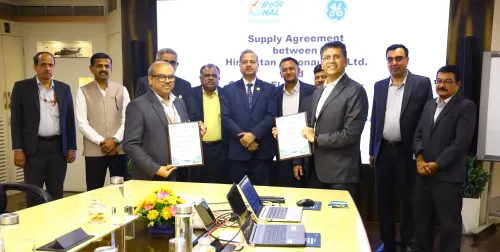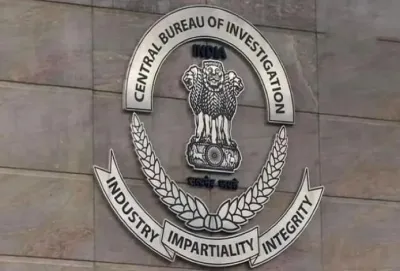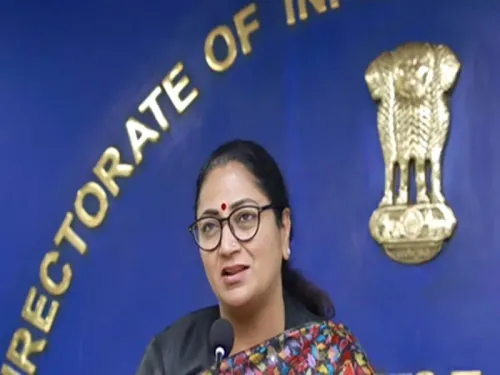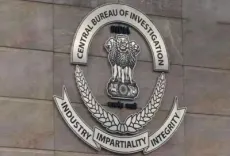Did Rajasthan Government Approve Land for Bundi Stone Park and Ram Jal Setu Link Project?
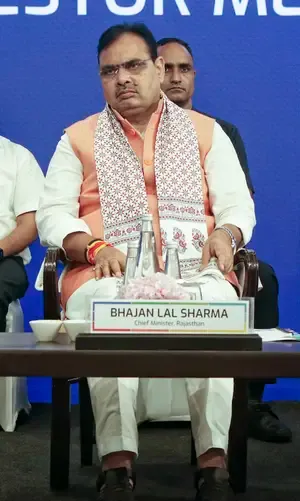
Synopsis
Key Takeaways
- 47.07 hectares allocated for Bundi Stone Park.
- Focus on non-polluting industries.
- Environmental safeguards include a 1.5 km buffer from residential areas.
- 34.41 hectares allotted for forest restoration.
- Commitment to balanced development.
Jaipur, June 11 (NationPress) In a significant step towards fostering industrial advancement and environmental preservation, Chief Minister Bhajan Lal Sharma has greenlit two crucial land allocations as part of the state's 2025-26 budget initiatives.
The government has authorized the transfer of 47.07 hectares of land in Kachalia village, Taleda tehsil of Bundi district, to the Rajasthan State Industrial Development and Investment Corporation (RIICO) for establishing a Stone Park.
This allocation was executed under Section 92 of the Rajasthan Land Revenue Act, 1956, and Rule 11A of the Rajasthan Land Revenue (Industrial Area Allotment) Rules, 1959.
The envisioned Stone Park is intended to be a structured center for mineral-based, non-polluting industries, designed to attract new investments, enhance value-added production, and create job opportunities for local youth.
Officials indicate that units will only be allowed if situated at least 1.5 km away from any residential zone to mitigate environmental and social repercussions.
The park is anticipated to stimulate downstream industrial activities, foster technological advancements, and boost Bundi’s expanding mineral economy.
Simultaneously, to counterbalance the ecological effects of infrastructure projects under the Eastern Rajasthan Canal Project (ERCP), also referred to as the Ram Jal Setu Link Project, the Chief Minister has approved the transfer of 34.41 hectares of land in Chhabra tehsil, Baran district, to the Forest Department.
This land transfer compensates for forest areas affected by the construction of the Ramgarh and Mahalpur barrages, as well as the Navnera-Galwa-Bisalpur-Isarda link canal project.
This action reaffirms the state’s dedication to ecological conservation and directs the Forest Department to manage and rehabilitate the impacted regions.
Together, these actions highlight the Rajasthan government’s dual commitment to industrial growth and environmental sustainability, establishing the groundwork for balanced and enduring development.


